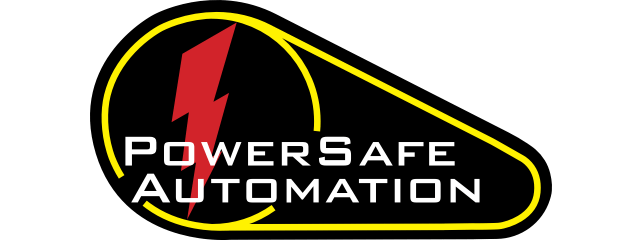FAQ
When is a machine risk assessment required?
A machine risk assessment is required anytime new equipment is installed, existing machinery is modified, production processes change, or safety incidents occur. It’s also recommended during routine safety reviews, particularly in manufacturing facilities seeking to maintain compliance with OSHA 1910 Subpart O and ANSI B11. Risk assessments are a foundational step in identifying potential hazards associated with a machine’s operation, maintenance, and interaction points.
At PowerSafe Automation, we perform detailed risk assessments that examine mechanical, electrical, pneumatic, and ergonomic hazards across your machinery. Our process includes evaluating severity, frequency of exposure, and possibility of avoidance — aligning with ISO 12100 standards. Based on the results, we create a tailored mitigation plan using engineered controls like guarding, light curtains, safety relays, or programmable safety PLCs.
Conducting a machine risk assessment before incidents occur not only improves safety but also reduces liability and downtime. It helps manufacturers prioritize investments by identifying high-risk areas and planning upgrades accordingly. PowerSafe’s assessments are fully documented and include visuals, compliance references, and risk matrices to make regulatory reporting easier. Whether you’re installing new equipment or auditing legacy systems, a machine risk assessment is an essential step toward maintaining a safe and compliant facility.

